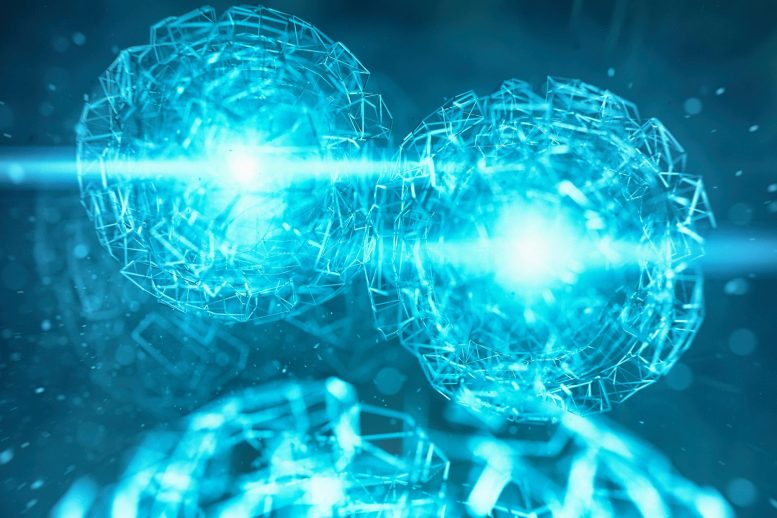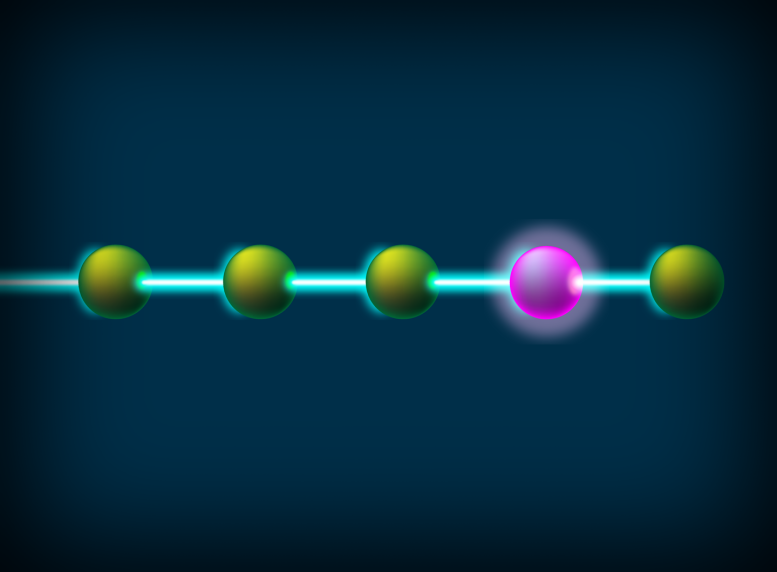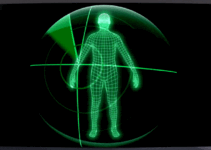Researchers from Caltech have developed a quantum eraser to correct “erasure” errors in quantum computing systems. This technique, which involves manipulating alkaline-earth neutral atoms in laser light “tweezers,” allows for the detection and correction of errors through fluorescence. The innovation leads to a tenfold improvement in entanglement rates in Rydberg neutral atom systems, representing a crucial step forward in making quantum computers more reliable and scalable.
Researchers have successfully demonstrated the identification and removal of “erasure” errors for the first time.
Future quantum computers are expected to revolutionize problem-solving in various fields, such as creating sustainable materials, developing new medications, and unraveling complex issues in fundamental physics. However, these pioneering quantum systems are currently more error-prone than the classical computers we use today. Wouldn’t it be nice if researchers could just take out a special quantum eraser and get rid of the mistakes?
Reporting in the journal Nature, a group of researchers led by Caltech is among the first to demonstrate a type of quantum eraser. The physicists show that they can pinpoint and correct for mistakes in they manipulated individual alkaline-earth neutral atoms confined inside “tweezers” made of laser light. The atoms were excited to high-energy states—or “Rydberg” states—in which neighboring atoms start interacting.
While errors are normally hard to spot in quantum devices, researchers have shown that, with careful control, some errors can cause atoms to glow. Researchers used this capability to execute a quantum simulation using an array of atoms and a laser beam, as shown in this artist’s concept. The experiment showed that they could discard the glowing, erroneous atoms and make the quantum simulation run more efficiently. Credit: Caltech/Lance Hayashida
“The atoms in our quantum system talk to each other and generate entanglement,” explains Pascal Scholl, the other co-lead author of the study and a former postdoctoral scholar at Caltech now working at a quantum computing company in France called PASQAL.
Entanglement is what allows quantum computers to outperform classical computers. “However, nature doesn’t like to remain in these quantum entangled states,” Scholl explains. “Eventually, an error happens, which breaks the entire quantum state. These entangled states can be thought of as baskets full of apples, where the atoms are the apples. With time, some apples will start to rot, and if these apples are not removed from the basket and replaced by fresh ones, all the apples will rapidly become rotten. It is not clear how to fully prevent these errors from happening, so the only viable option nowadays is to detect and correct them.”
Innovations in Error Detection and Correction
The new error-catching system is designed in such a way that erroneous atoms fluoresce, or light up, when hit with a laser. “We have images of the glowing atoms that tell us where the errors are, so we can either leave them out of the final statistics or apply additional laser pulses to actively correct them,” Scholl says.
The theory for implementing erasure detection in neutral first developed by Jeff Thompson, a professor of electrical and computer engineering at DOI: 10.1038/s41586-023-06516-4
The study was funded by the National Science Foundation (NSF) via the Institute for Quantum Information and Matter, or IQIM, based at Caltech; the Defense Advanced Research Projects Agency; an NSF CAREER award; the Air Force Office of Scientific Research; the NSF Quantum Leap Challenge Institutes; the Department of Energy’s Quantum Systems Accelerator; a Taiwan–Caltech Fellowship; and a Troesh postdoctoral fellowship. Other Caltech-affiliated authors include graduate student Richard Bing-Shiun Tsai; Ran Finkelstein, Troesh Postdoctoral Scholar Research Associate in Physics; and former postdoc Joonhee Choi, now a professor at Stanford University.




